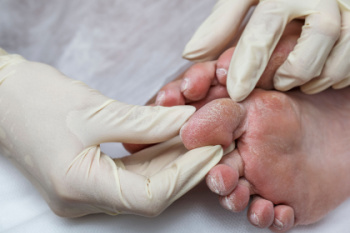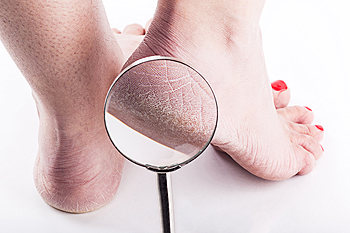
Diabetes can lead to serious foot complications due to its effects on nerves and circulation. Neuropathy, or nerve damage, reduces sensation in the feet, making it difficult to detect injuries, blisters, or pressure sores. Without proper care, small wounds can develop into ulcers and infections. Arterial disease, caused by poor circulation, slows the healing process and increases the risk of tissue damage. Reduced blood flow can also lead to foot deformities, as weakened muscles and joints cause changes in foot structure. In severe cases, untreated infections or non-healing ulcers may result in the loss of toes or limbs. If you have diabetes, it is strongly suggested that you are under the care of a chiropodist who can help you to monitor this serious condition.
Diabetes can cause serious problems in the lower limbs if proper preventive measures are not taken and diabetic wound care is not performed. If you would like to learn more about caring for diabetic feet, please consult with one of the specialists from Thornhill Foot Clinic. Our chiropodists can help you maintain the health of your lower limbs and your mobility.
Diabetes can lead to a host of foot and ankle complications, including:
Poor circulation
Peripheral neuropathy
Diabetic foot wounds and ulcers
Infection
Corns and calluses
Dry, cracked skin
Nail disorders
Hammertoes
Bunions
Charcot foot
If you have diabetes, you must be vigilant of any changes in your foot health. This is best done through daily foot inspections. Using a mirror to help you if necessary, look for any:
Cuts, scrapes, sores, or wounds
Bruising or discoloration
Swelling
Rash
Foul odor
Nail changes
Hair loss
Warmth and inflammation
Deformities
Lower limb pain
Strange sensations (numbness, tingling, burning, pins, and needles)
If you detect anything unusual, seek the care of a chiropodist as soon as possible. If you have any questions, please feel free to contact our office located in . We offer the newest diagnostic and treatment technologies for all your foot care needs.




